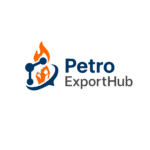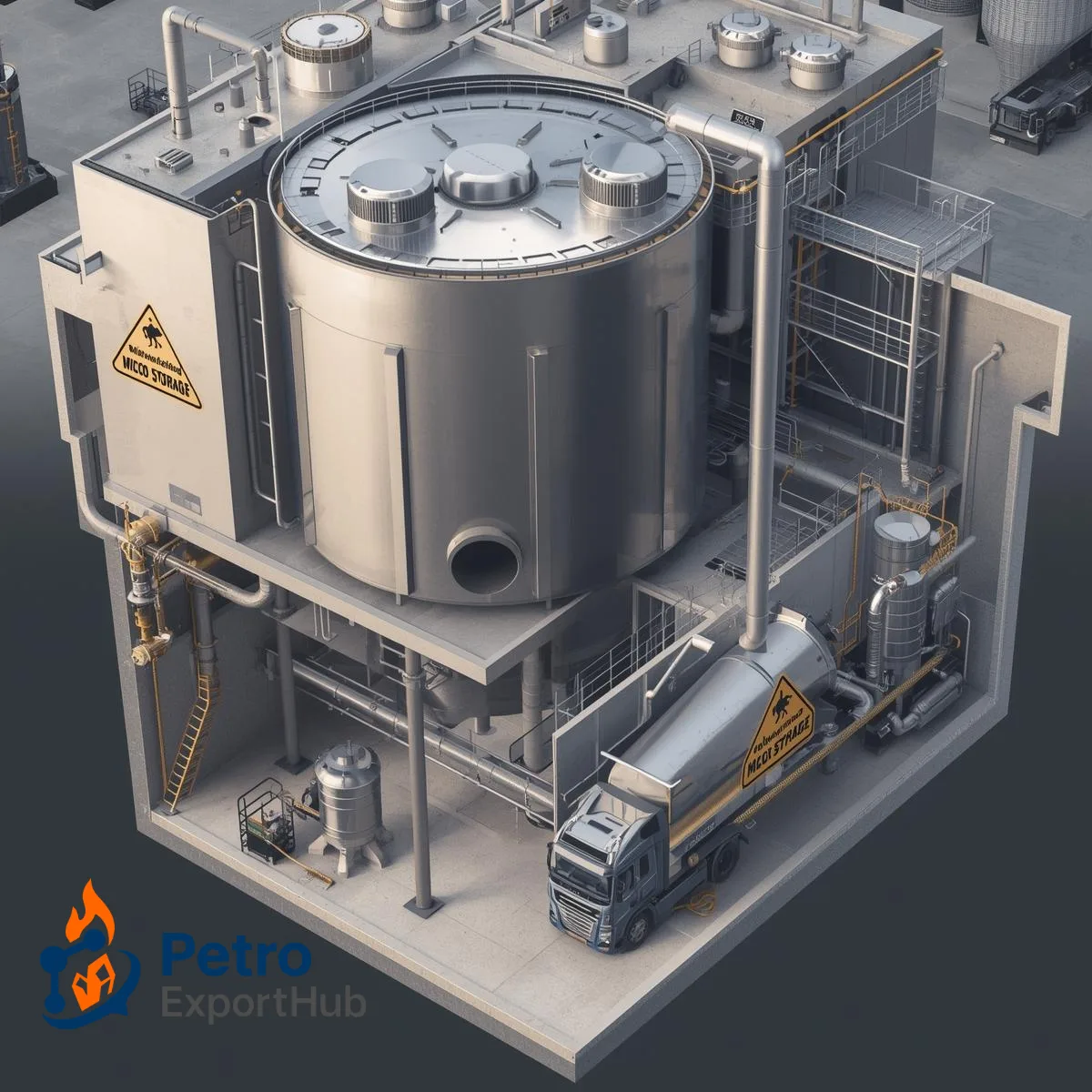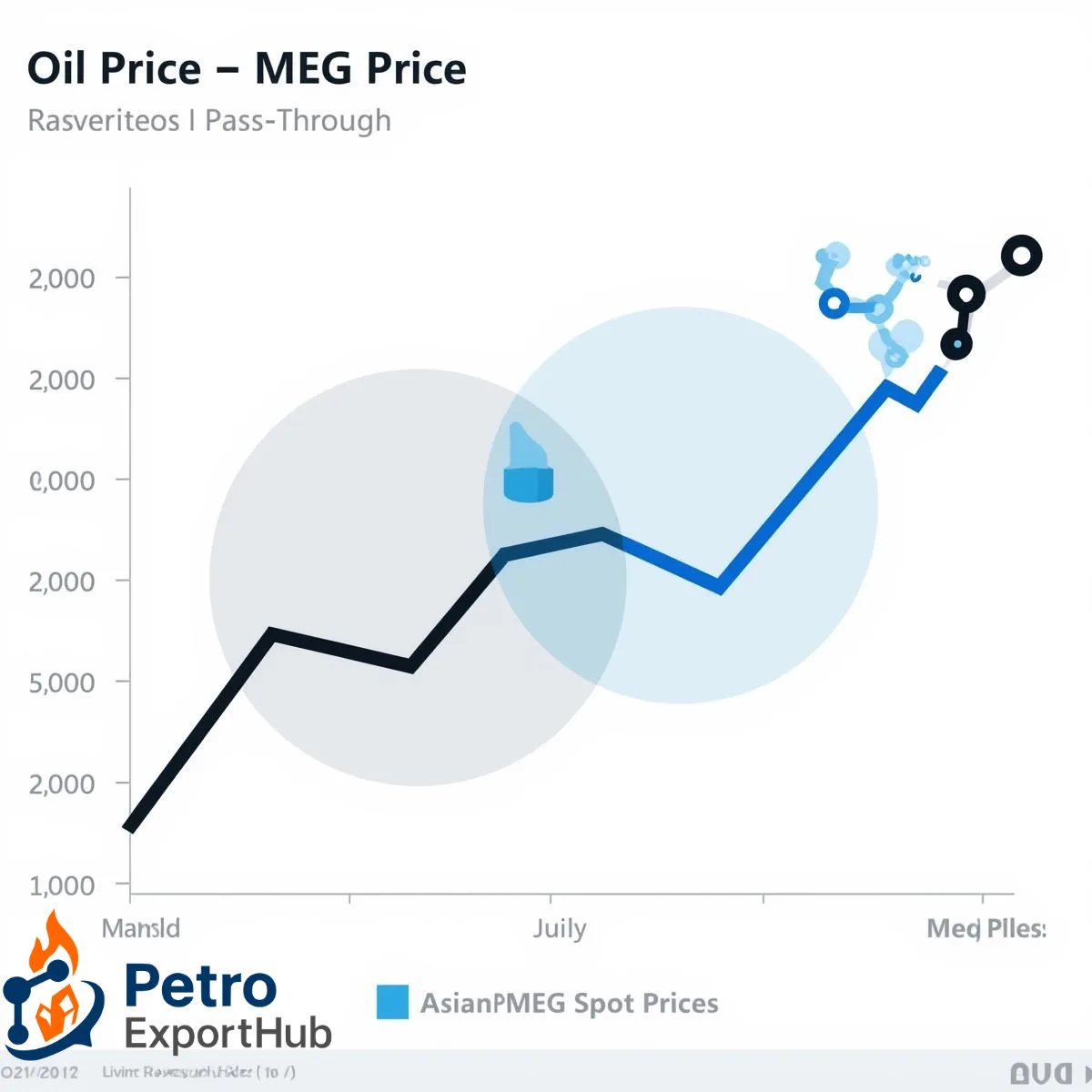Archive Articles
- Ask an Expert
- Export Guides
- Market Trends
- Product Comparison
- Shipping & Packaging
- Trade Compliance
- Uncategorized
SN150 base oil remains a cornerstone of the global lubricants industry, especially in emerging markets. While alternatives like Group II/III, synthetic, and bio-based oils offer sustainability benefits, their cost and limite . . .
Refinery capacity expansions are reshaping the SN150 base oil supply chain by increasing availability and stabilizing prices. Middle East and Asian refiners are driving export growth, especially toward emerging markets in As . . .
Monoethylene Glycol (MEG) and Diethylene Glycol (DEG) may share a chemical family, but their roles in industry are very different. MEG dominates polyester and packaging, making the monoethylene glycol price highly market-sen . . .
The Middle East is reshaping Asian textile markets through its rapidly growing monoethylene glycol (MEG) exports. By delivering cost-effective solutions, dependable supply chains, and reliable logistics, it’s providing cou . . .
Safe storage and handling of Mono Ethylene Glycol (MEG) are critical for buyers across industries. From temperature control to moisture protection, proper practices ensure product purity and cost efficiency. Even with a comp . . .
Crude oil prices play a decisive role in shaping the global MEG market. From feedstock costs to refinery economics, every fluctuation affects the final monoethylene glycol price. Asian buyers, in particular, feel the stronge . . .
Mono Ethylene Glycol (MEG) and Propylene Glycol (PG) share similarities but serve very different markets. MEG is cheaper, widely available, and essential in polyester and antifreeze, while PG is safer and preferred in food a . . .
Mono Ethylene Glycol (MEG) is no longer limited to textiles and antifreeze; it is becoming an essential material in solar and wind energy applications. From heat transfer fluids in solar panels to protective coatings in wind . . .









